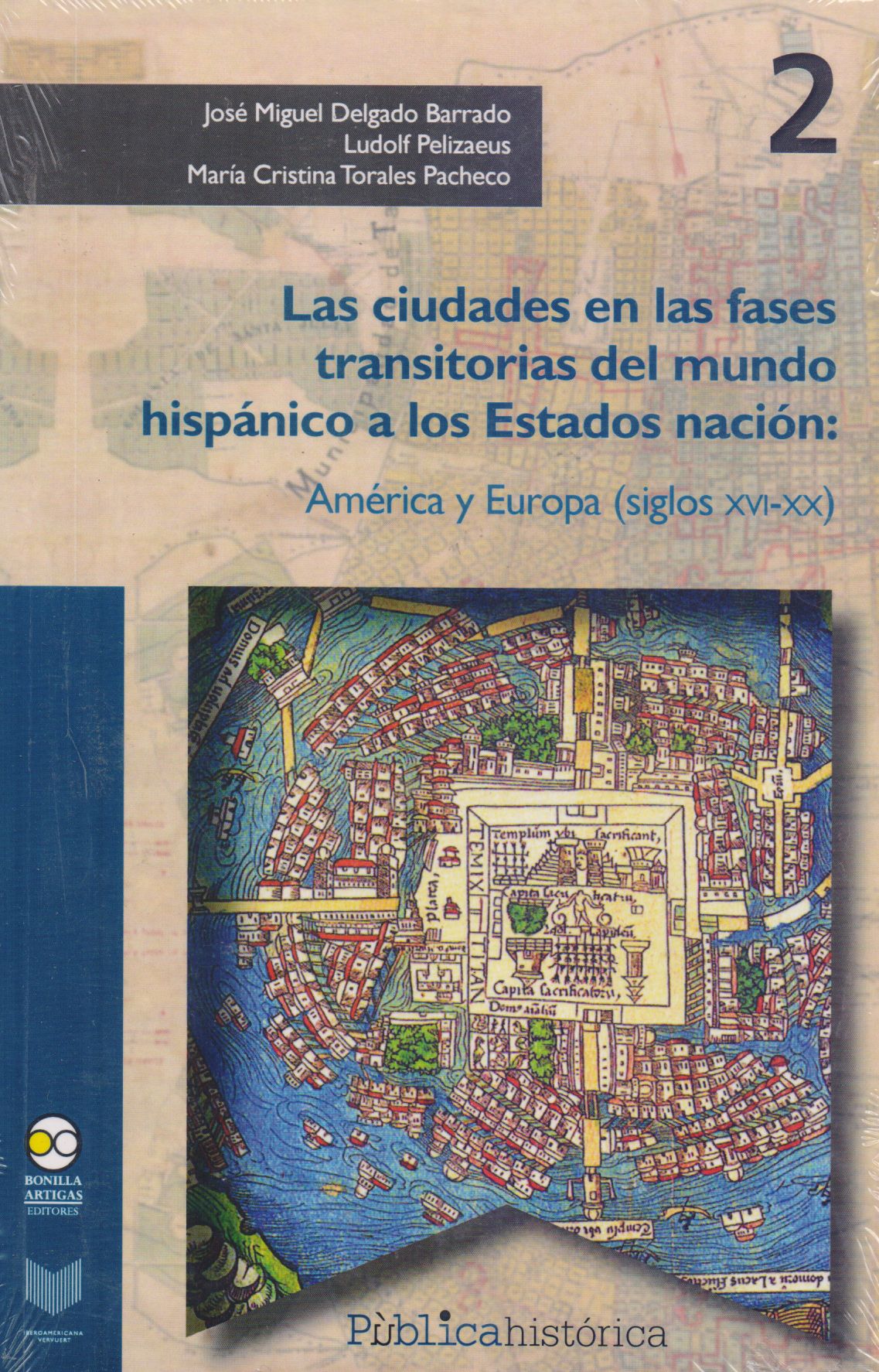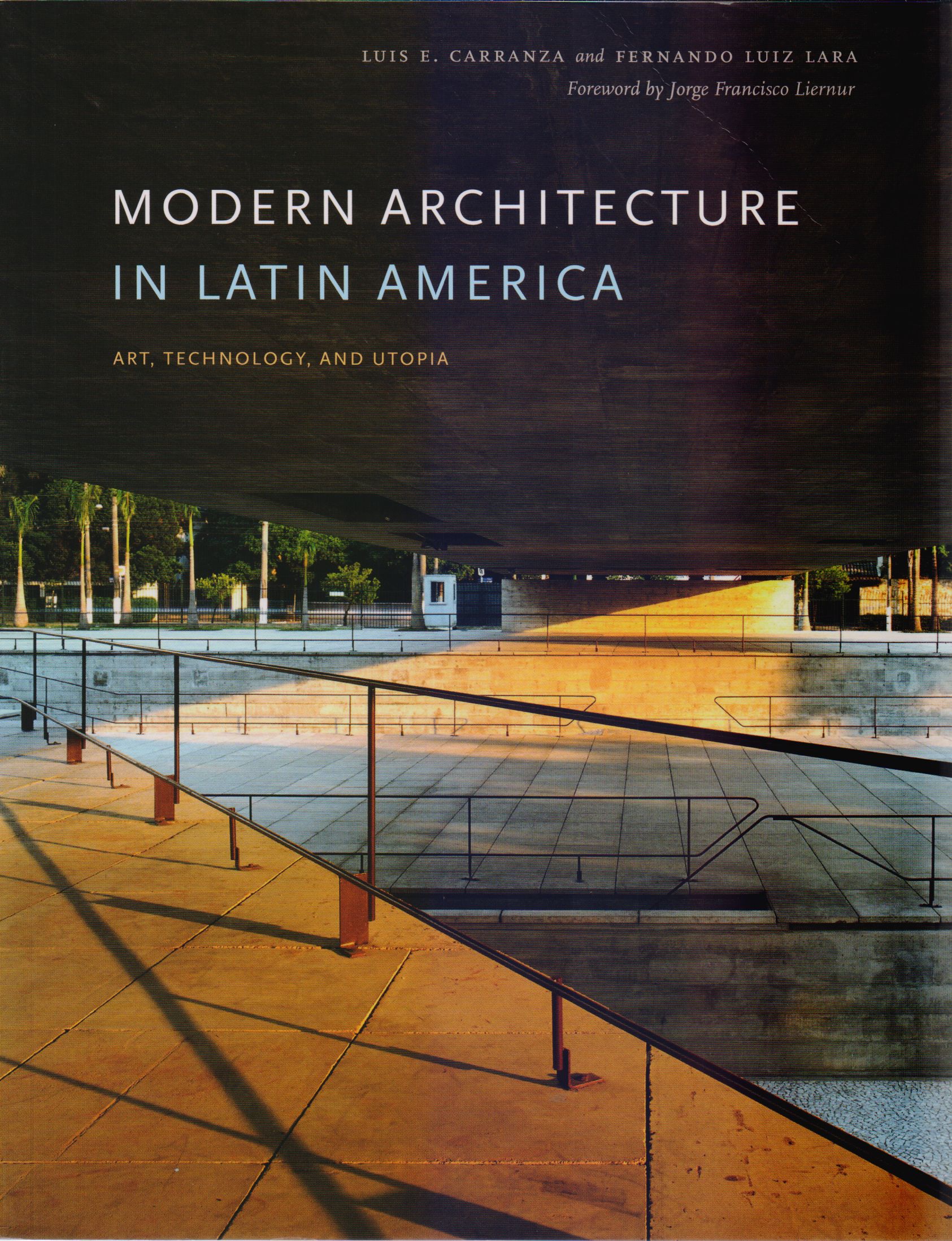Libros relacionados
 |
Arquitectura de Tierra en América Latina Correia, Mariana / Neves, Célia / Guerrero, Luis Fernando (E Argumentum |
 |
Ciudades en Fases Transitorias del Mundo Hispánico a los Estados Nación: América José Miguel Delgado Barrado;ludolf Pelizaeus Bonilla Artigas Editores |
 |
Lecciones: Teodoro González de León. Escritos Reunidos 1966-2016 González de León, Teodoro Colegio Nacional |
 |
Modern Architecture In Latin America: Art, Technology, And Utopia Carranza, Luis E. / Luiz Lara, Fernando University Of Texas Press |
 |
Architecture And Cities Of Northern México From Independence To The Present, The Burian, Edward University Of Texas Press |
 |
Diseño y Calculo de Estructuras de Concreto Reforzado. Por Resistencia Maxima Y Perez Alama, Vicente Trillas S.A., Editorial |


|
Título: The New Science Of Cities | |
| Autor: Batty Michael | Precio: $720.00 | |
| Editorial: The Massachusetts Institute Of Technology | Año: 2013 | |
| Tema: Ciudades, Arquitectura, Ciencia | Edición: 1ª | |
| Sinopsis | ISBN: 9780262019521 | |
| In The New Science of Cities, Michael Batty suggests that to understand cities we must view them not simply as places in space but as systems of networks and flows. To understand space, he argues, we must understand flows, and to understand flows, we must understand networks -- the relations between objects that comprise the system of the city. Drawing on the complexity sciences, social physics, urban economics, transportation theory, regional science, and urban geography, and building on his own previous work, Batty introduces theories and methods that reveal the deep structure of how cities function.
Batty presents the foundations of a new science of cities, defining flows and their networks and introducing tools that can be applied to understanding different aspects of city structure. He examines the size of cities, their internal order, the transport routes that define them, and the locations that fix these networks. He introduces methods of simulation that range from simple stochastic models to bottom-up evolutionary models to aggregate land-use transportation models. Then, using largely the same tools, he presents design and decision-making models that predict interactions and flows in future cities. These networks emphasize a notion with relevance for future research and planning: that design of cities is collective action. |
||
Librería Bonilla SA de CV © Todos los derechos reservados. 2019
Última actualización: Jul 2019




